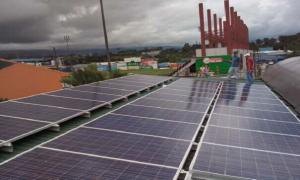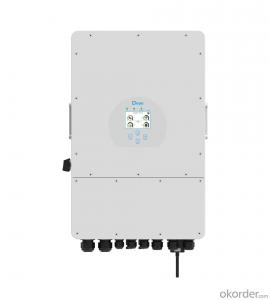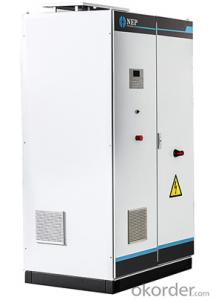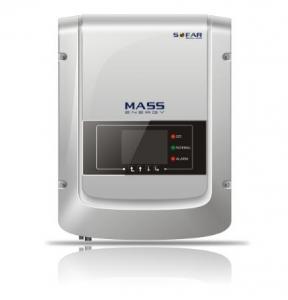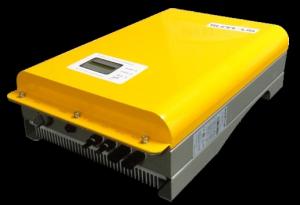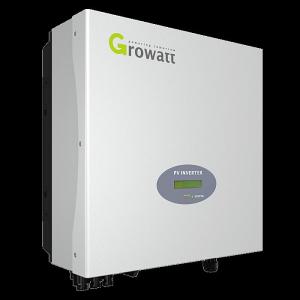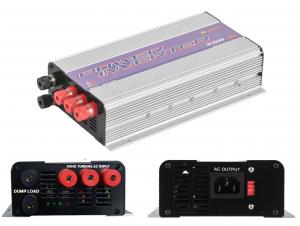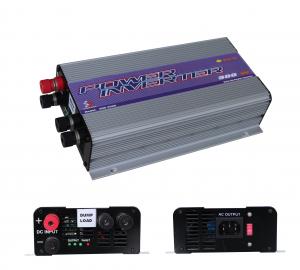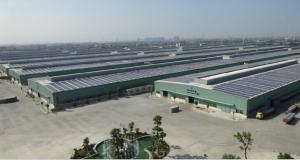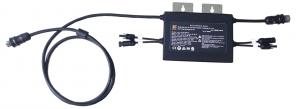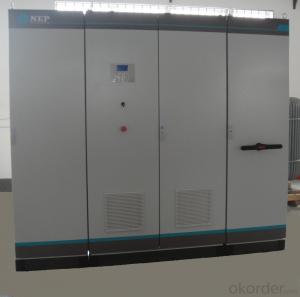Nep Solar Grid Tie Inverter
Nep Solar Grid Tie Inverter Related Searches
Nep Solar Grid-Tie Inverter Solar Grid Tie Inverter Sun Grid Tie Inverter Solar System Grid Tie Inverter Solar Hybrid Grid Tie Inverter Grid Tie Inverter Solar Grid Tie Solar Inverter Solar Grid Tie Inverter Kit Hybrid Grid Tie Solar Inverter Solar Grid Tie Micro Inverter Mpp Solar Grid Tie Inverter Best Solar Grid Tie Inverter Nep Solar Micro Inverter Grid Tie Hybrid Solar Inverter Solar Inverter Grid Tie Best Grid Tie Solar Inverter Grid Tie Inverter Solar Panel Grid Tie Inverter Solar Kit Solar Grid Tie Inverter Price Grid-Tie Solar Inverter 1kw Solar Grid Tie Inverter 10kw Solar Grid Tie Inverter 1000w Solar Grid Tie Inverter 5kw Solar Grid Tie Inverter Solar Grid Tied Inverter 3kw Solar Grid Tie Inverter Grid Tie Solar Inverter Price Grid-Tied Solar Inverter Grid Tie Inverter Schematic Solar Grid InverterNep Solar Grid Tie Inverter Supplier & Manufacturer from China
Nep Solar Grid Tie Inverter is a high-quality product designed to convert solar energy into usable electricity for homes and businesses. This advanced inverter is specifically engineered to optimize the performance of solar panels and ensure efficient energy generation. It plays a crucial role in the solar power system by managing the power flow from the solar panels to the electrical grid or local power supply.The Nep Solar Grid Tie Inverter is widely used in various applications, including residential, commercial, and industrial settings. It is ideal for solar power systems where the generated electricity is fed directly into the grid or used to power local appliances. This product is particularly useful in areas with high solar irradiance, as it can maximize the energy yield from solar panels and reduce reliance on traditional energy sources.
Okorder.com is a leading wholesale supplier of Nep Solar Grid Tie Inverter, offering a vast inventory of this product to cater to the needs of various customers. With a commitment to quality and customer satisfaction, Okorder.com ensures that the Nep Solar Grid Tie Inverter is readily available for those looking to harness the power of solar energy efficiently and cost-effectively.
Hot Products











